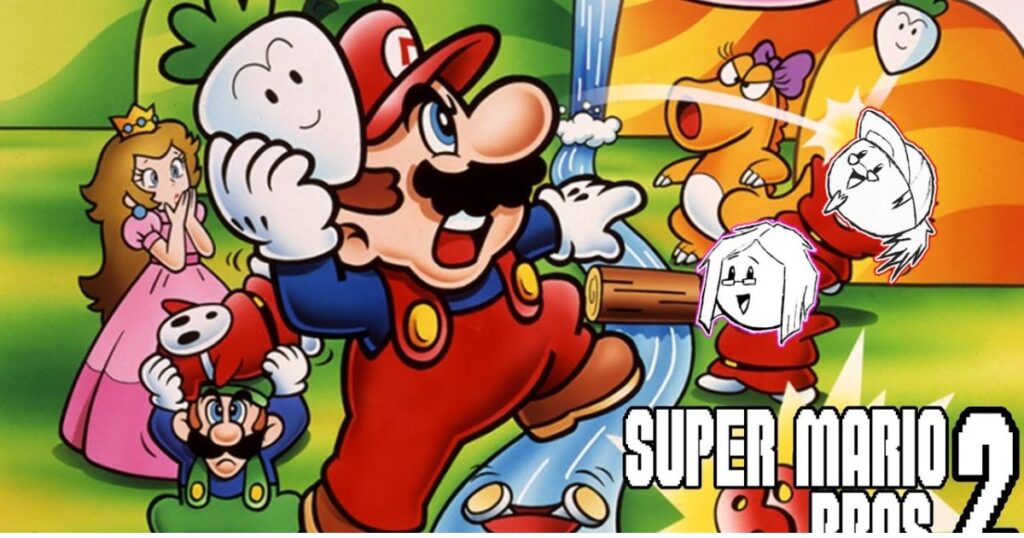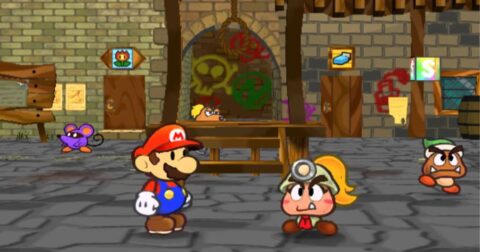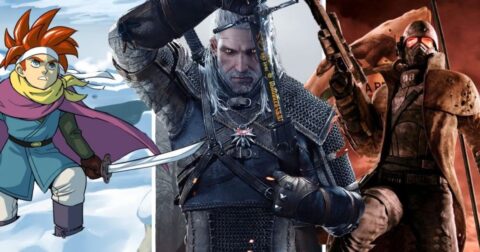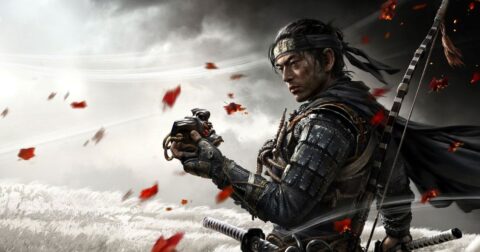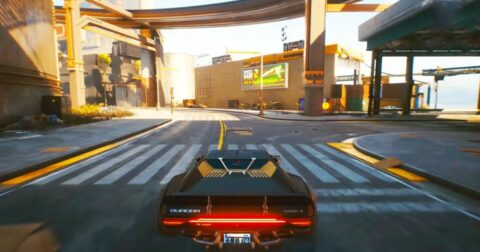Have you played Super Mario Bros. 2 before? You may have noticed something curious: Mario appears to fall asleep when left idle for a short period. This small animation, though easy to overlook, has intrigued fans for decades. But why does Mario sleep? Is it simply a fun detail, or is there a deeper reason behind it?
In this article, we’ll explore the design choices, gameplay mechanics, and possible symbolism behind Mario’s sleeping animation. From Nintendo’s attention to character personality to the technical reasons for idle animations in early games, we’ll break down why this iconic plumber takes a nap on screen. Whether you’ve been a fan for a long time or are simply interested in game design, this look into Mario’s quirky behavior reveals the thoughtfulness and charm that made super mario bros 2 mario sleeping usa
Background on Super Mario Bros 2
In 1988, it was released for the Nintendo Entertainment System (NES). Super Mario Bros. 2 marked a substantial change from the first Super Mario game. Mario Bros. Instead of simply running and jumping through levels, the sequel introduced new mechanics like picking up and throwing objects, climbing vines, and choosing between multiple characters: Mario, Luigi, Toad, and Princess Peach.
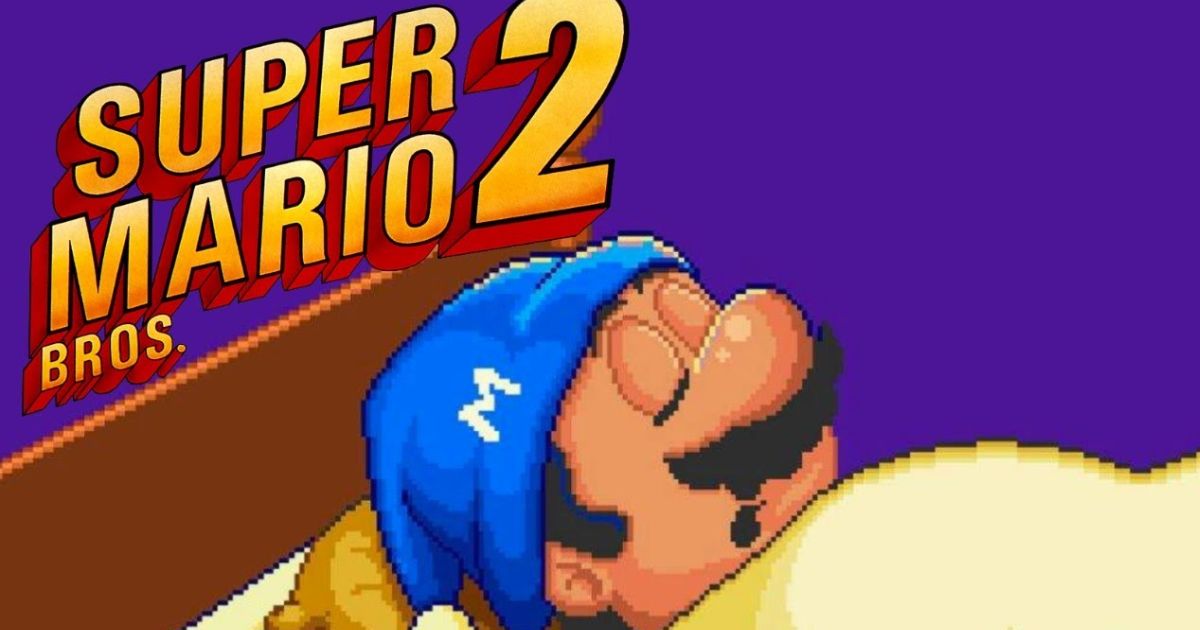
Interestingly, super mario bros 2 mario sleeping usa was initially based on a Japanese game called Doki Doki Panic, which was later reworked with Mario characters for the international release. This explains why the game feels quite different from the rest of the Mario series, Super Ghouls and Ghosts Complete Guide with unique enemies and level designs.Despite these differences, the game became a beloved classic, remembered for its creative gameplay, colorful visuals, and quirky details such as Mario’s idle sleeping animation. This background sets the stage for understanding why Nintendo might have included such a playful feature in the game.
Mario’s Sleeping Animation
One of the most charming details in Super Mario Bros 2 is Mario’s idle animation. If players set down the controller and leave him standing still, Mario eventually yawns, sits down, and falls asleep. His small snores and relaxed posture add personality to the character, showing that even heroes need a break after all that running, jumping, and vegetable-throwing.
This sleeping animation was a novelty at the time, as most NES games kept characters frozen in place when idle. By giving Mario this unique behavior, Nintendo added a layer of realism and humor that stood out from other games of the era. It reminded players that Mario was more than just a pixelated sprite; he was a character with quirks, emotions, and charm.The animation may seem like a small detail, but it played an essential role in bringing the game world to life, making Mario feel relatable and memorable to fans.
Gameplay Mechanics Behind Sleeping
Mario’s nap in super mario bros 3 wasn’t just a cute detail; it also served a gameplay function. Idle animations were beginning to appear in games during the late 1980s as a way to:
- Prevent screen burn-in on older CRT televisions by keeping the image moving.
- Signal to players, especially younger ones, that the game wasn’t “broken” but simply waiting for input.
- Enhance immersion by showing characters reacting naturally when nothing is happening.
For original super mario bros 2 japan , Mario’s sleeping animation became an early example of how idle behavior could give players feedback without interrupting gameplay. Instead of adding a timer or screen prompt, Nintendo used humor and personality to gently remind players: Best PlayStation ARPG with Skill Trees “Hey, you’re not pressing anything.”This subtle mechanic made the game feel more alive and interactive, encouraging players to see Mario as a character with his own needs and quirks rather than just an avatar on the screen.
Possible Symbolic or Design Reasons
Beyond technical purposes, Mario’s sleeping animation in Super Mario Bros 2 may also carry symbolic and creative meaning. A few theories suggest why Nintendo added this playful touch:
Dream Connection – The entire adventure of Super Mario Bros 2 is revealed at the end to be Mario’s dream. His sleeping animation could be a subtle nod to this twist, foreshadowing that the journey takes place in his subconscious.
Humanizing Mario – Instead of leaving him frozen like most game characters of the era, Nintendo gave Mario natural behavior. Sleeping made him feel more relatable and human, reinforcing his image as an everyday hero rather than a perfect, tireless machine.
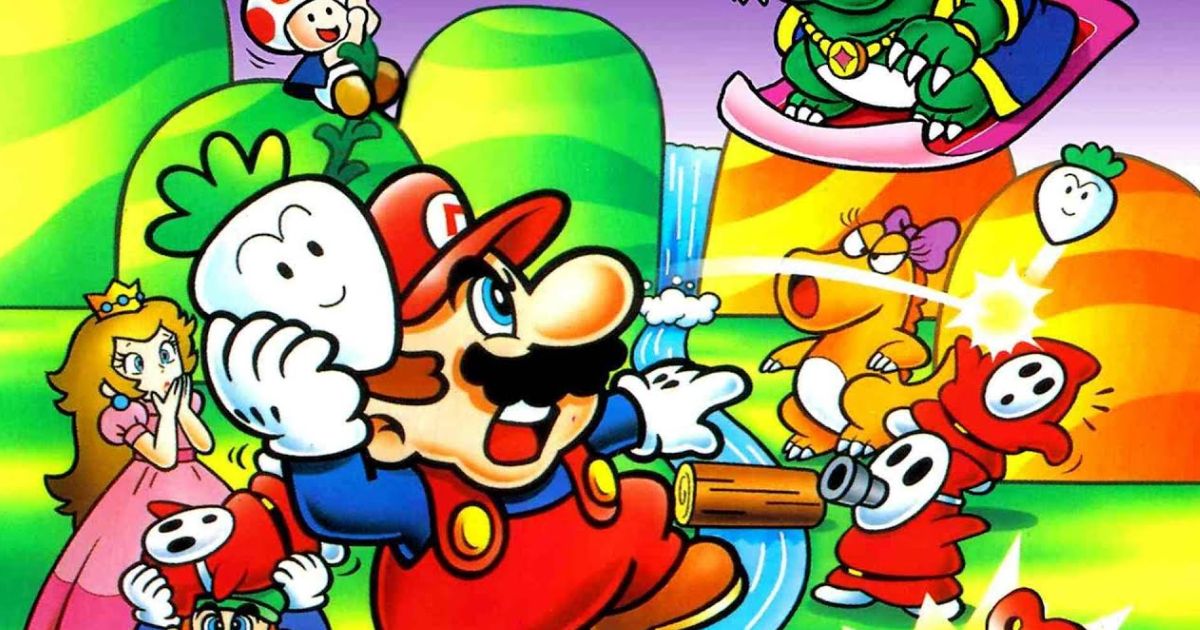
Showcasing Nintendo’s Creativity: Adding an idle animation showed the developers’ attention to small details that made the game world feel alive. It was an early example of Nintendo’s signature philosophy: infusing games with charm and personality.
Encouraging Player Engagement – Watching Mario doze off was amusing and unexpected, Best Nintendo Switch Games to Play on an Emulator often prompting players to pick up the controller again to see what would happen next.
Whether intentional foreshadowing or just a whimsical detail, Mario’s snooze became one of those little touches that made super mario bros 2 characters so memorable.
Fan Theories and Interpretations
Over the years, Mario’s sleeping animation in Super Mario Bros 2 has sparked plenty of fan theories. Since the game itself is unique in the Mario series, players have looked deeper into this quirky detail and what it might mean:
Foreshadowing the Dream Ending: Many fans believe Mario’s nap isn’t just random; it’s a clue that the whole adventure is a dream sequence. His idle snooze becomes a meta hint about the game’s ending twist.
A Sign of Tiredness: Some interpret the sleep as a reflection of Mario’s exhaustion from his endless adventures. Saving kingdoms, battling enemies, and carrying vegetables around might tire anyone out.
Breaking the Fourth Wall: Another theory is that Nintendo wanted Mario to “acknowledge” Top 10 Best Gamecube Games of All Time That Defined a Generation the player’s inactivity. By sleeping, he’s almost interacting with the player, reminding them that he’s waiting for input.
A Lighthearted Joke: For others, it’s simply Nintendo’s sense of humor. The animation doesn’t need deep meaning; it’s just there to make players smile.
While not every player noticed it back in the 1980s, those who did often remembered it fondly, turning Mario’s snooze into one of the game’s most charming mysteries.
Legacy of Idle Animations in Nintendo Games
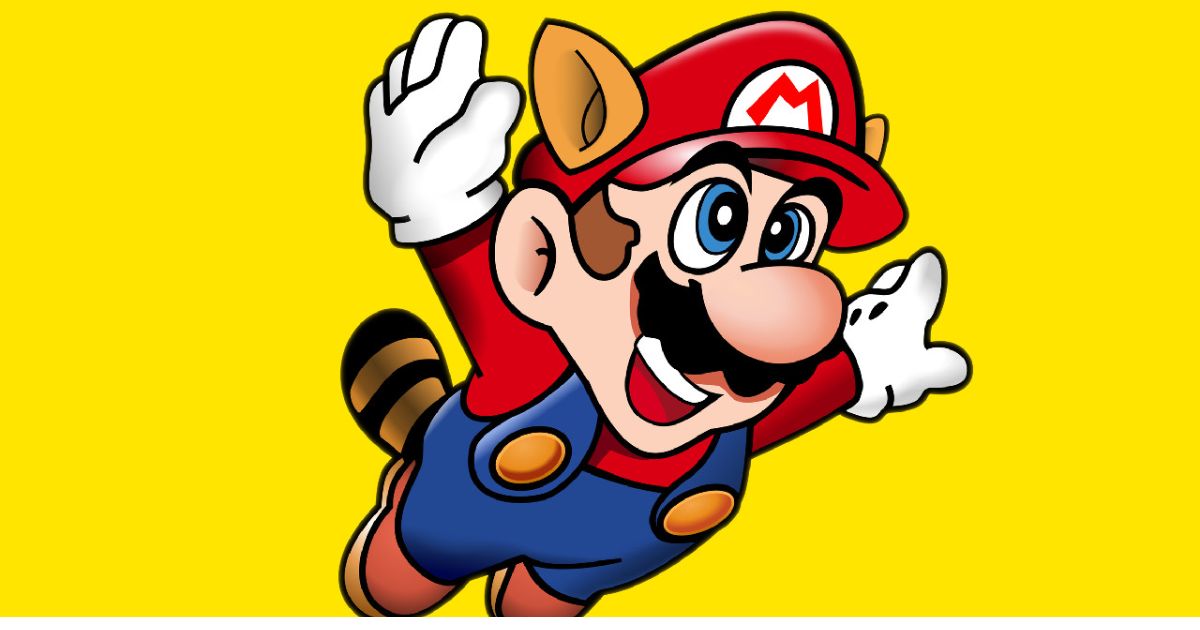
Mario’s nap in super mario bros 2 switch wasn’t just a fun detail; it helped pave the way for idle animations becoming a staple in video game design. Nintendo, in particular, continued to use these little character quirks in future titles, turning them into a signature element of their charm-filled style.
- Super Mario 64 (1996): If left idle, Mario eventually lies down and starts snoring loudly, complete with dreamlike dialogue bubbles.
- Ocarina of Time: The Legend of Zelda (1998): Link shifts his weight and looks around when standing still, making him feel more alive.
- Donkey Kong Country series: Donkey Kong and Diddy perform funny idle actions, Paper Mario The Thousand Year Door A Timeless Classic Reimagined from juggling to playing with hats, showing personality even during downtime.
- Modern Mario Games: Titles like Super Mario Odyssey still include idle details, such as Mario dozing off on the spot, proving this tradition never went away.
These animations add flavor, humor, and relatability, reminding players that their characters are more than just digital puppets. What started with a simple nap in super mario bros 2 movie release date became a long-lasting design philosophy, one that continues to make Nintendo games feel warm, engaging, and full of life.
Conclusion
Mario’s short nap in Super Mario Bros 2 may seem like a small detail, but it represents much more than a quirky animation. It showcased Nintendo’s creativity and attention to detail, served practical gameplay purposes, and even hinted at the game’s dreamlike story. Over time, this little moment became a fan favorite and laid the foundation for the legacy of idle animations in Nintendo titles.
By giving Mario the chance to rest, the developers reminded players that their beloved hero is more than a collection of pixels; he’s a character with personality and charm. Whether seen as foreshadowing, humor, or just good design, Mario’s snooze remains one of the most memorable touches from the NES era, proving that even in the heat of adventure, everyone needs a little break.
FAQ
Why does Mario sleep in Super Mario Bros 2?
Mario’s sleeping animation was added to give him more personality, prevent screen burn-in on old TVs, and possibly foreshadow the game’s dream-based ending.
Is Mario the only character who sleeps in Super Mario Bros 2?
Yes. While Luigi, Toad, and Princess Peach don’t have unique idle animations, Mario’s snooze stands out as a fun extra detail.
Was Mario sleeping just for fun or part of the story?
Both interpretations work. It may have been a playful design choice, but many fans see it as a clever hint that the entire game is Mario’s dream.
Did later Mario games keep this sleeping feature?
Yes! Super Mario 64 famously has Mario fall asleep and snore if left alone, and other Mario games continue the tradition with idle animations.
Why are idle animations important in games?
Idle animations make characters feel alive, engage players, and add charm to the game world. They’re a slight touch that helps build immersion and personality.


